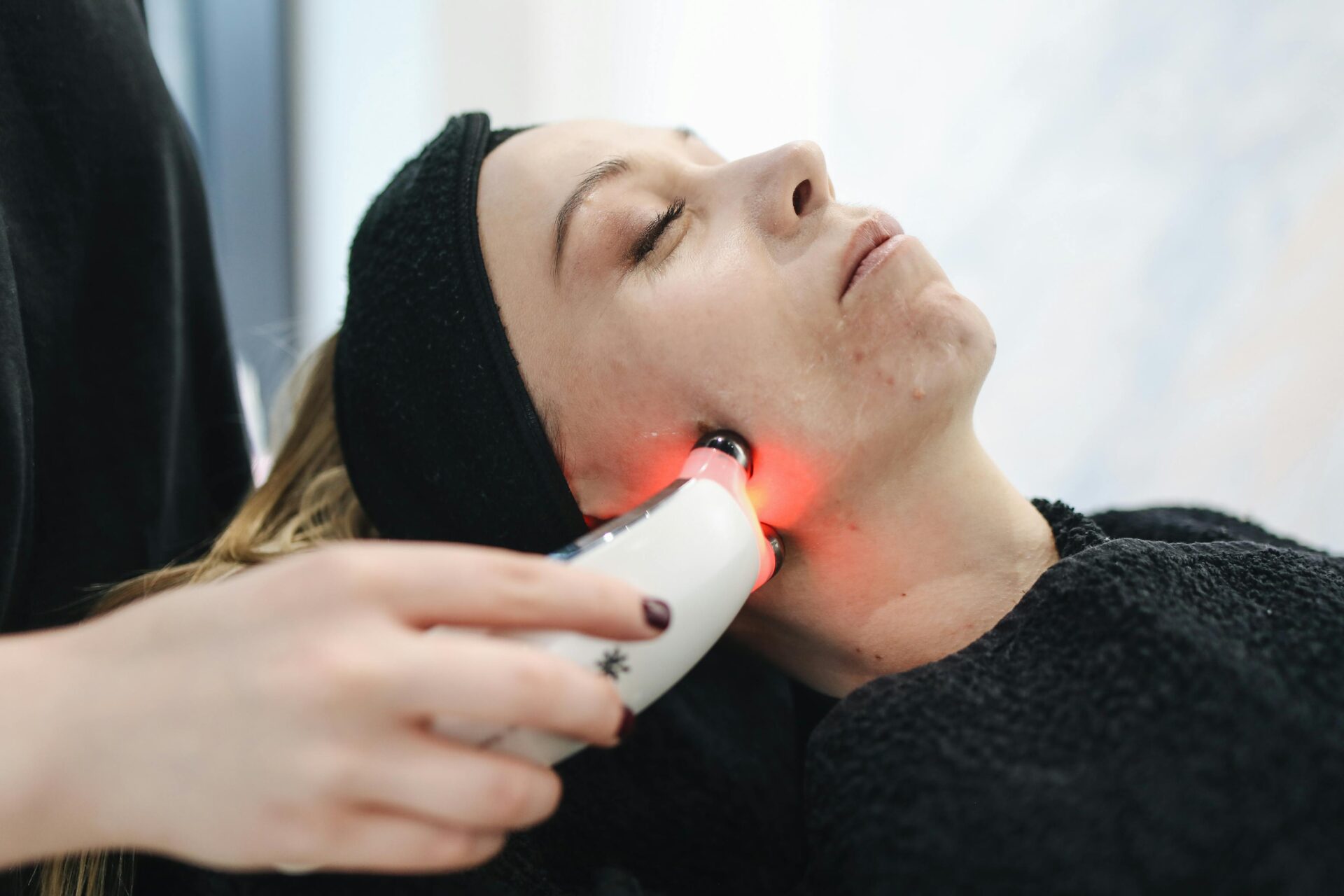Red light therapy and infrared saunas are two popular alternative treatments that offer excellent and related health benefits. Despite both using light to induce certain biological processes in the body, they vastly differ in their mechanisms and primary purposes. Our team at Sun Stream Saunas AUS explores the key differences between the two, and the possible benefits of using them together.
Understanding Red Light Therapy
Red light therapy exposes the body to low-level red and near-infrared light that penetrates the skin and is absorbed by the mitochondria. This triggers a series of biological processes that stimulate the production of adenosine triphosphate (ATP). The process, known as photobiomodulation, produces more energy for the cells to carry out optimal functions.
Red light therapy can also be done through a variety of devices from red light towers to masks and wands.
Benefits of Red Light Therapy
Various studies suggest that red light therapy can either stimulate or suppress various biological and biochemical processes in the body leading to a host of benefits.
Reduced Anxiety Symptoms
In recent years, red light therapy has shown promise in the treatment of mental health issues such as anxiety. One 2019 study exploring the effects of red light therapy on patients suffering from generalised anxiety discovered that the treatment helped improve anxiety symptoms and induced better sleep among participants.
Improved Skin Health
In 2014, a study found that participants who had undergone red light therapy had more collagen density after treatment. This increased collagen and the improved blood circulation also provided by the treatment can help treat a variety of skin issues including scars, redness, wrinkles, and acne.
Improved Cognitive Ability
Red and green lights have shown the potential to improve cognitive ability in older adults. A 2019 study reported that exposure to these lights improved cognitive scores, with red light enhancing recall, language, calculation, and attention, and green light improving orientation and registration.
Wound Healing
Various instances of research have explored the effects of red light therapy on wound healing, and have found that it accelerates the healing process. It’s found to be particularly effective in treating infected chronic wounds.
Infrared Saunas Explained
Infrared saunas stimulate dry heat through infrared wavelengths as a form of therapy. Most of these saunas use far infrared light as this is the only kind of infrared light capable of raising the body’s core temperature to levels attained in traditional saunas or exercise. Research-supported benefits of this treatment include skin rejuvenation, pain management, improved cardiovascular function, and improved blood circulation.
Is Infrared and Red Light Therapy the Same?
While they may share some similar characteristics, infrared and red light therapy are two distinct treatments. Red light therapy uses the visible spectrum of electromagnetic wavelengths, while the wavelengths used by infrared therapy exist outside the visible spectrum, and are only felt as heat.
Further distinguishing the two is the range of wavelengths they use in treatment. Far infrared light covers the spectrum of 3000 – 100,000 nm which penetrates deep into the skin to reach tissue, muscle, and bone. Meanwhile, red light therapy only operates at a range of 620 – 750 nm, aimed to stimulate cell energy production.
Using Colour Light Therapy and Infrared Saunas Together
Red light therapy is one colour light therapy variation that can often incorporate into infrared saunas. While they target various issues, they can provide a comprehensive approach to addressing various health concerns when used together.
For skin health, combining red light therapy and infrared saunas can produce more noticeable results. Infrared saunas open up the pores and promote sweating, aiding in the removal of impurities from the skin. Meanwhile, red light stimulates collagen production, rejuvenates the skin, and reduces wrinkles.
This combination is also effective for pain relief. Infrared heat can soothe muscle and joint pain while red light therapy reduces inflammation and aids in tissue repair. Together, these two treatments can accelerate healing, reduce pain, and improve overall recovery.
For more information about the benefits of infrared saunas or tips on how to maximise its effects, check out our resources at SunStream. We also offer top-quality infrared sauna equipment for your home needs. For further concerns, questions, or inquiries, contact us today!

